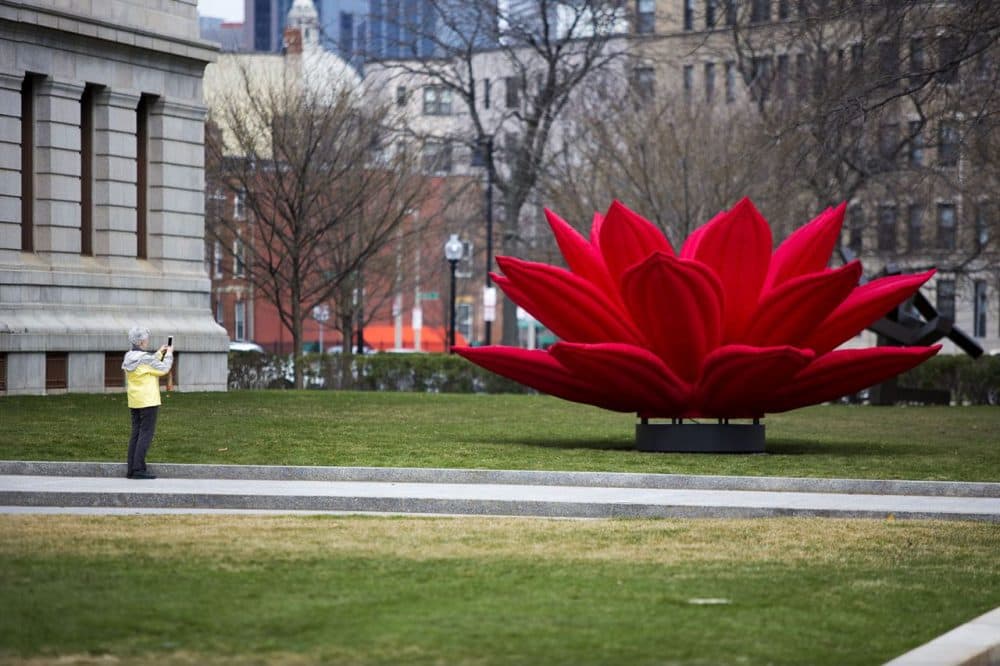Advertisement
The Global Economy In Art: Dutch East India Company To Present-Day Mumbai
Resume
How does a global economy effect daily life and the creation of art? That's a question raised by two different art shows on view in Massachusetts.
"Asia in Amsterdam" at the Peabody Essex Museum displays art in 17th century Netherlands when the Dutch East India Company was at its peak.
And you might have seen the large, inflatable red lotus flower in front of the Museum of Fine Arts in Boston. That's part of their new "Megacities Asia" exhibit, a collection of huge sculpture creations from artists based in Beijing, Shanghai, Delhi, Mumbai, and Seoul.
Guest
Sebastian Smee, Pulitzer Prize-winning art critic for The Boston Globe. He tweets @SebastianSmee.
More
The Boston Globe: How To Succeed In Business: See ‘Asia In Amsterdam’
- "The naivete — the almost astral idiocy — of those who would wish to separate art and commerce has always bewildered me. Without commerce, art and culture would scarcely exist. It certainly wouldn’t survive."
The Boston Globe: Art In ‘Megacities Asia’ At MFA Evokes Life In Cities Of 10 Million Or More
- "Loneliness accumulates in cities. So does desire. Stay out late enough, and you will see them both delivered by men rolling trolleys from the thousands of trucks that slide into the city each night. What else accumulates in cities? Why, artists of course."
This segment aired on March 31, 2016.